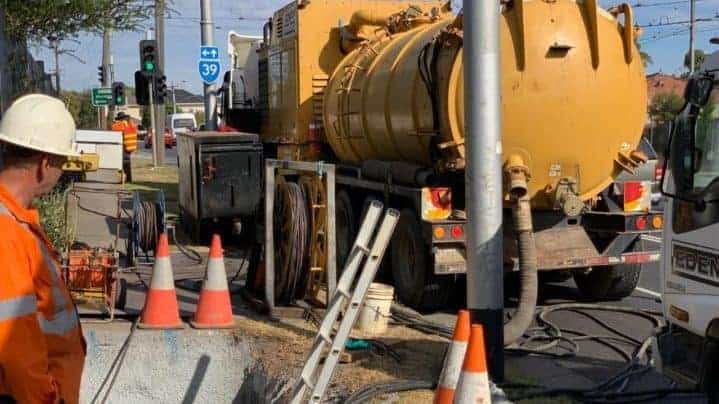When searching for pipeline installation contractors, clients are always looking to get the best quality, with the least time and cost. But this is rarely possible. Technology has come a long way though, and while in the past a higher standard of quality meant a higher cost and more time, this is no longer the case. With the right technology and technique, it is possible to get a quality pipeline installation on time and within budget.
Choosing the right installation method
There are a range of trenchless and non-trenchless installation methods that contractors offer including microtunnelling, horizontal directional drilling, pipe jacking and open cut. Selecting the right method that best meets the needs of the project and the site conditions will ensure the job will be done right the first time, and project time and costs can be kept low as there’s less chance of something going wrong during the installation process.
If accuracy is required for the installation, the only way to get a quality installation is to choose a microtunnelling contractor.
Typically, microtunnelling contractors can achieve an accuracy of +/-25mm, with an accuracy of +/-10mm often achieved with the Vermeer AXIS guided boring system. These tight tolerances are achievable for these machines because they use a laser guidance system with live monitoring that allows the contractor to make hydraulic steering corrections in real time to keep the drill in line.
Reducing restoration costs
Traditional open cut methods of installation can be expensive due to the additional costs of restoration.
As trenchless methods of installation such as microtunnelling require minimal excavation compared to open cut methods, the costs of restoration are greatly reduced.
Microtunnelling only requires an entry and exit pit to be excavated at each end of the pipeline, with the ground in between these points left undisturbed. As disruption to the ground is kept to a minimum, the impact to the surrounding environment is greatly reduced, and contractors are able to get the job done quicker and cheaper than if full trenches are used.
Restoration costs for microtunnelling can be further reduced when using the AXIS system which is able to install pipelines via the keyhole pipeline method. This method is extremely precise and non-invasive.
As only minimal ground incision is needed for a pipe to be installed, there is minimal disruption to the ground and any services and obstacles around the pipeline.
Risk minimisation keeps projects on time and in budget
Risk minimisation is imperative to keep projects on time and in budget as an unexpected problem could cause time and cost blowouts.
Using the AXIS boring system, the challenges associated with changing ground conditions are reduced.
Geotechnical information is provided before an installation begins, however it is not always correct as it only provides a snapshot of the conditions present.
This means it is not uncommon to get to site and begin drilling only to find the ground conditions are different to those advised. This is a problem as most microtunnelling machines are not designed to retract, so when ground conditions change there’s no choice but to dig the drill head out from above. This causes time and costs to increase due to increased labour and restoration.
The Vermeer AXIS system doesn’t have this problem as it has been designed to retract so that a pilot line can be completed where the pipeline will be installed. If it encounters any issues, the drill can be retracted and the contractor can assess the ground to make a decision about which part to use before installing the final product pipe.
This feature greatly increases the chance of a successful installation the first time, and the chance of time and cost blowouts is greatly minimised.
A balancing act
While it is possible to find a balance between quality, time and cost, there is no one method or technology that will do this perfectly. The AXIS boring system for microtunnelling is one option that offers a good balance by combining accuracy with reduced restoration costs and risks, to get a high-quality installation that is completed on time and on budget.
At the end of the day, the client will need to decide which one of these is more important, and choose a solution that meets their requirements based on that.

